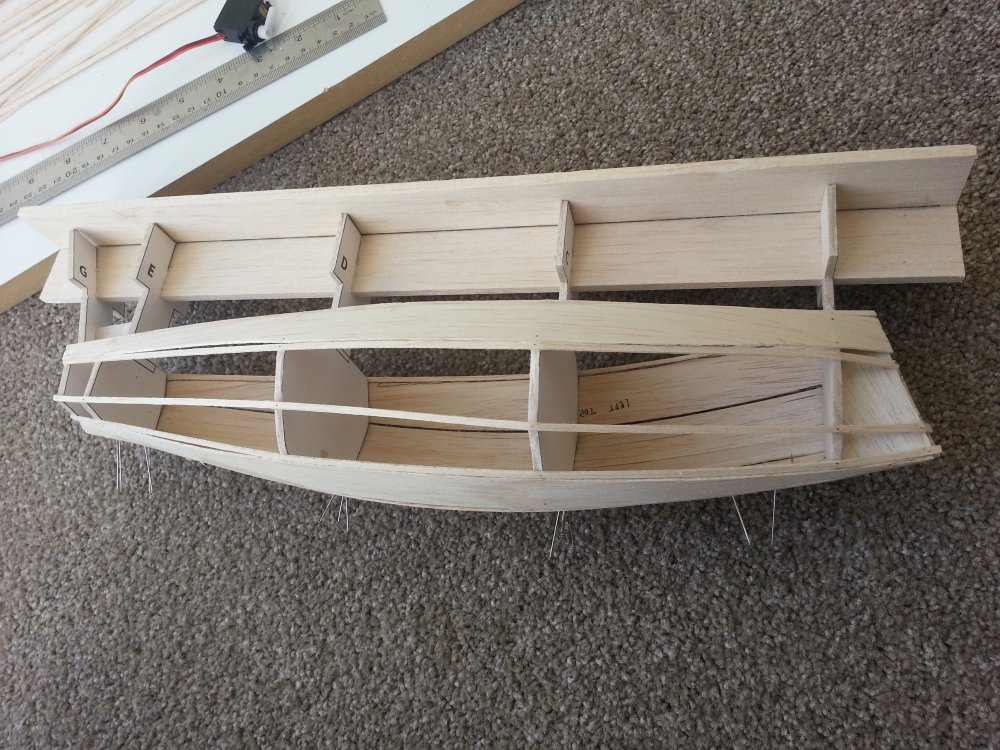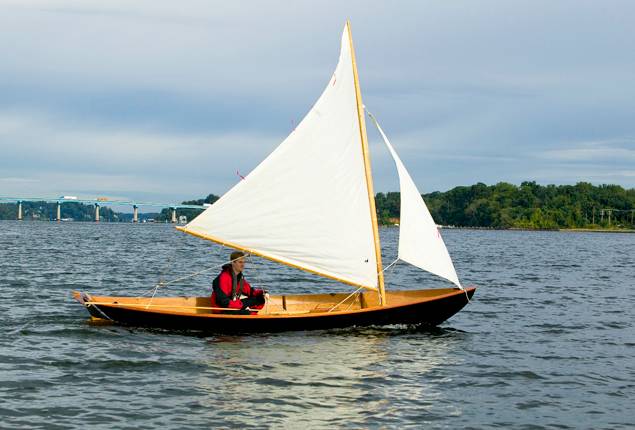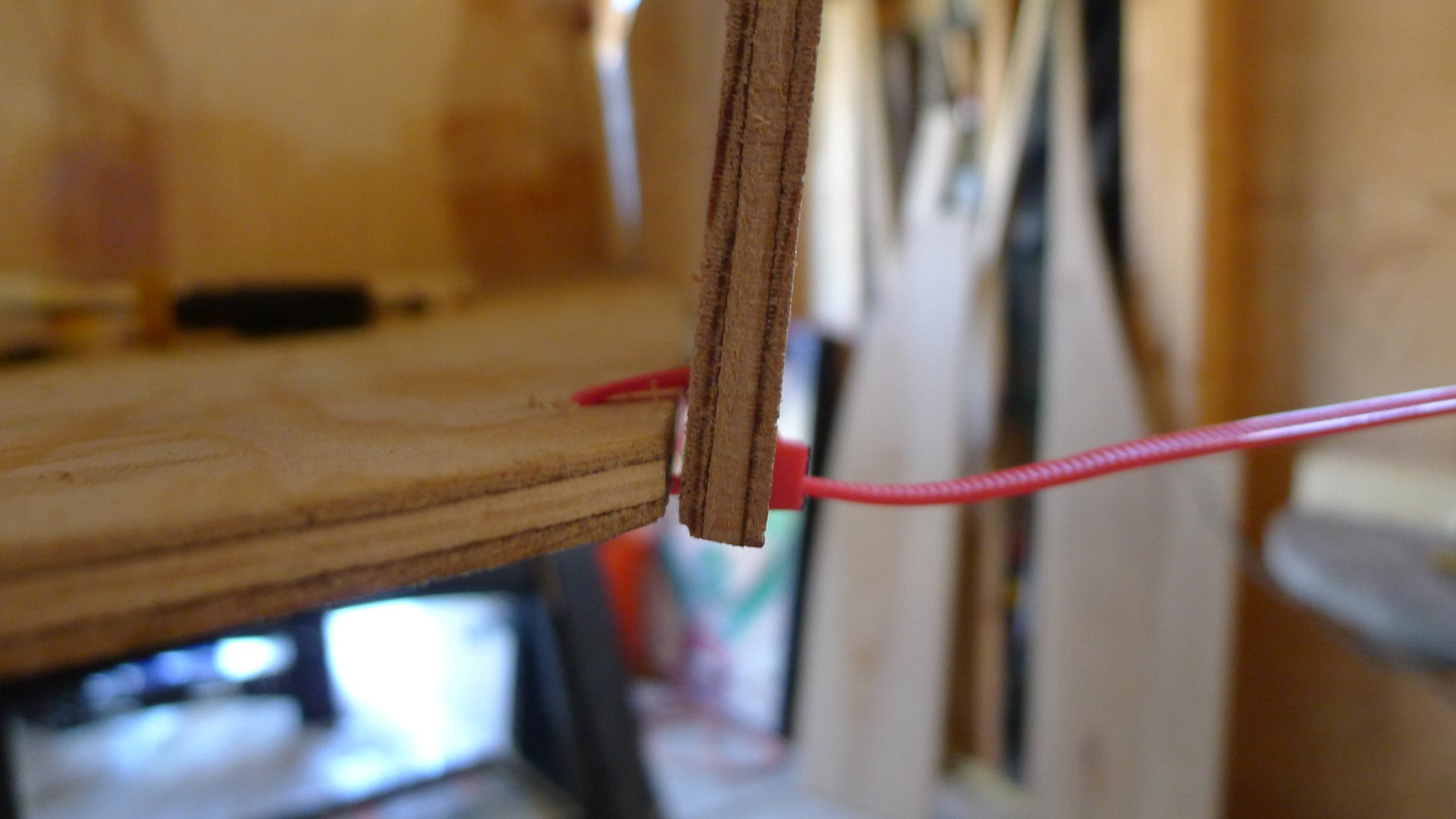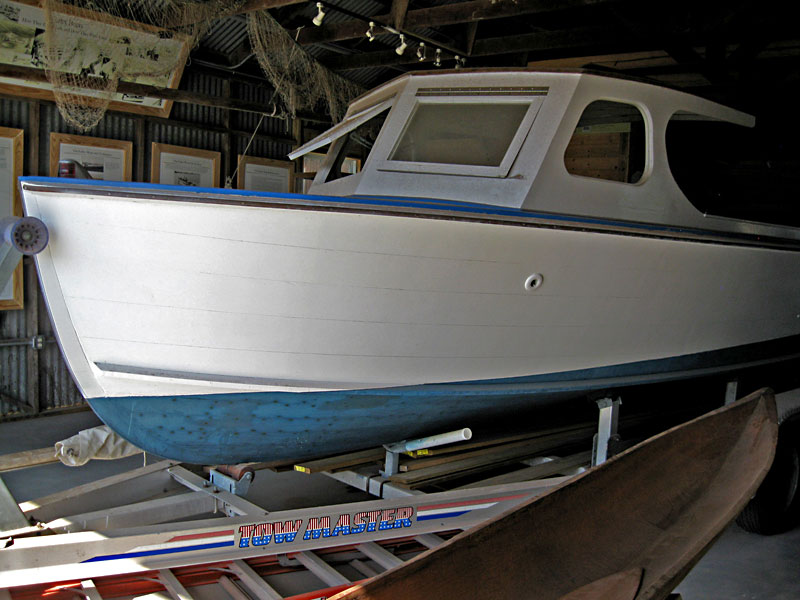
Beyond the Plans: Uncharted Waters in Wooden Boatbuilding
"How to Make a Wooden Boat: A Step-by-Step Guide for Beginners" promises a journey, but what about the hidden currents and unexpected reefs? This review isn't about rehashing the basics of planking and caulking; instead, we'll navigate the less-charted waters of boatbuilding, exploring aspects often overlooked in standard guides.
The Unsung Hero: Wood Selection Beyond the Species
Most guides focus on species like cedar, oak, and mahogany. But what about the inherent variability within a single species? A cedar plank from a slow-growing, high-altitude tree will behave drastically differently than one from a fast-growing, lowland forest. This isn't just about density; it's about the complex interplay of grain structure, knots, and even the tree's past environmental stresses. Think of it like wine â€" terroir matters.
Question: How can I account for wood variability in my build?
Answer: Begin by sourcing your lumber from a reputable supplier who can provide detailed information about the tree's origin and growth conditions. Consider conducting simple tests like moisture content measurement and hardness tests on samples before committing to a batch. Furthermore, understanding the direction of the grain and its impact on strength and flexibility is crucial. This detailed selection process will significantly enhance the predictability and longevity of your boat.
Beyond the Blueprint: Embracing Imperfection and Adaptability
Many beginners get bogged down by striving for perfect adherence to the plans. Real-world boatbuilding, however, is a dance with the material. Wood is alive, even after it’s felled, and it reacts to its environment. Ignoring this can lead to frustration and even structural compromise.
Story: The Case of the Warped Plank
A friend, a seasoned boatbuilder, recounted a story of a prized, perfectly-shaped plank warping unexpectedly during construction. Instead of discarding it, he embraced the challenge. He carefully adjusted his planking sequence and employed advanced techniques to integrate the warp, resulting in a unique and structurally sound hull. This showcases the adaptability required for success in boat building.
The Sustainable Shipwright: Environmental Considerations
The impact of boatbuilding on the environment often gets lost in the romance of handcrafted vessels. This is especially true for sourcing materials. While exotic hardwoods might be tempting, consider sustainable sourcing practices, like using reclaimed wood or responsibly-harvested timber from certified forests. This isn't just an ethical choice; it's about ensuring the future availability of quality materials for generations of boatbuilders.
Question: What are some sustainable alternatives to traditional boatbuilding materials?
Answer: Explore using locally sourced wood, bamboo, recycled plastics, or even sustainable composites. Researching organizations like the Forest Stewardship Council (FSC) can guide your choices in sourcing responsibly harvested wood. This conscientious approach ensures the legacy of your boatbuilding craft is environmentally responsible.
The Digital Shipwright: Leveraging Technology
While traditional methods remain essential, incorporating digital tools can significantly enhance the boatbuilding process. 3D modeling software can help visualize the hull's construction, optimize material usage, and even identify potential structural weaknesses before the first cut is made. Furthermore, CNC routers can precisely cut complex shapes, boosting efficiency and accuracy.
In conclusion, "How to Make a Wooden Boat" provides a solid foundation, but true mastery lies in navigating the nuances beyond the textbook. By embracing variability, adapting to unexpected challenges, prioritizing sustainability, and incorporating technology, you can transform your boatbuilding journey from a simple project into a truly rewarding and enriching experience.
















